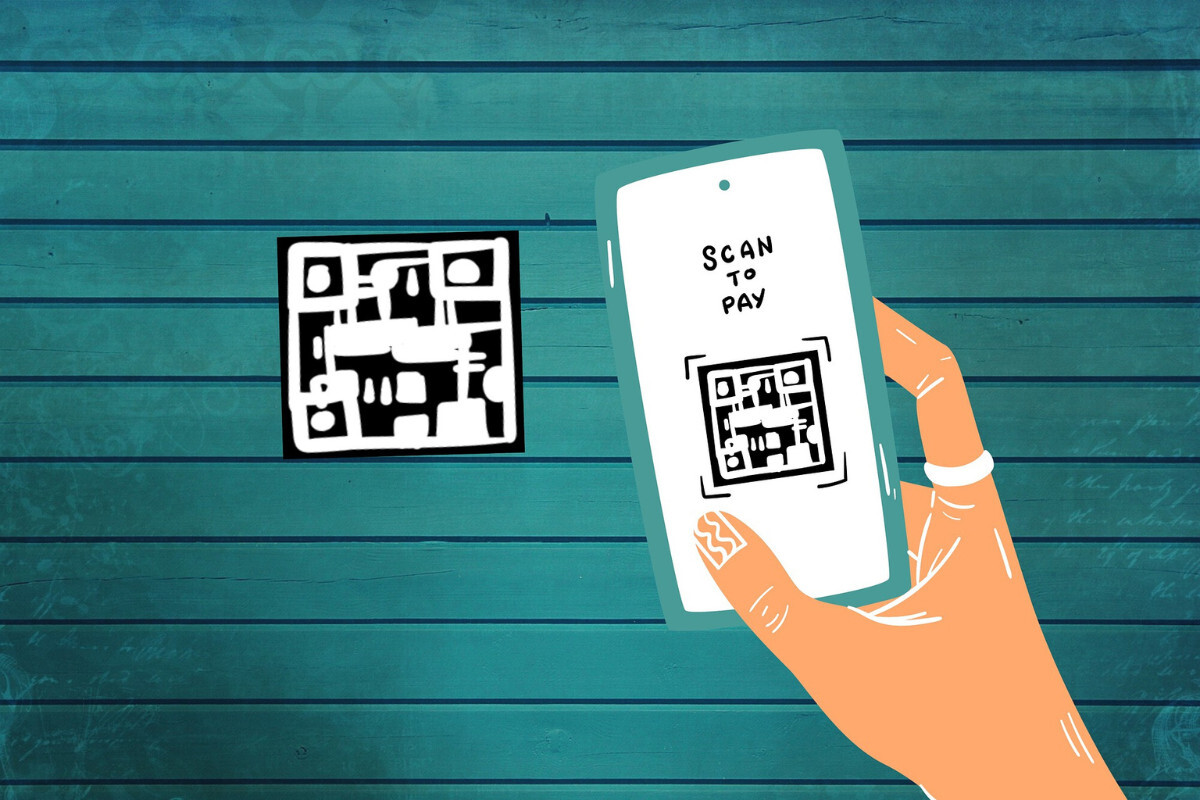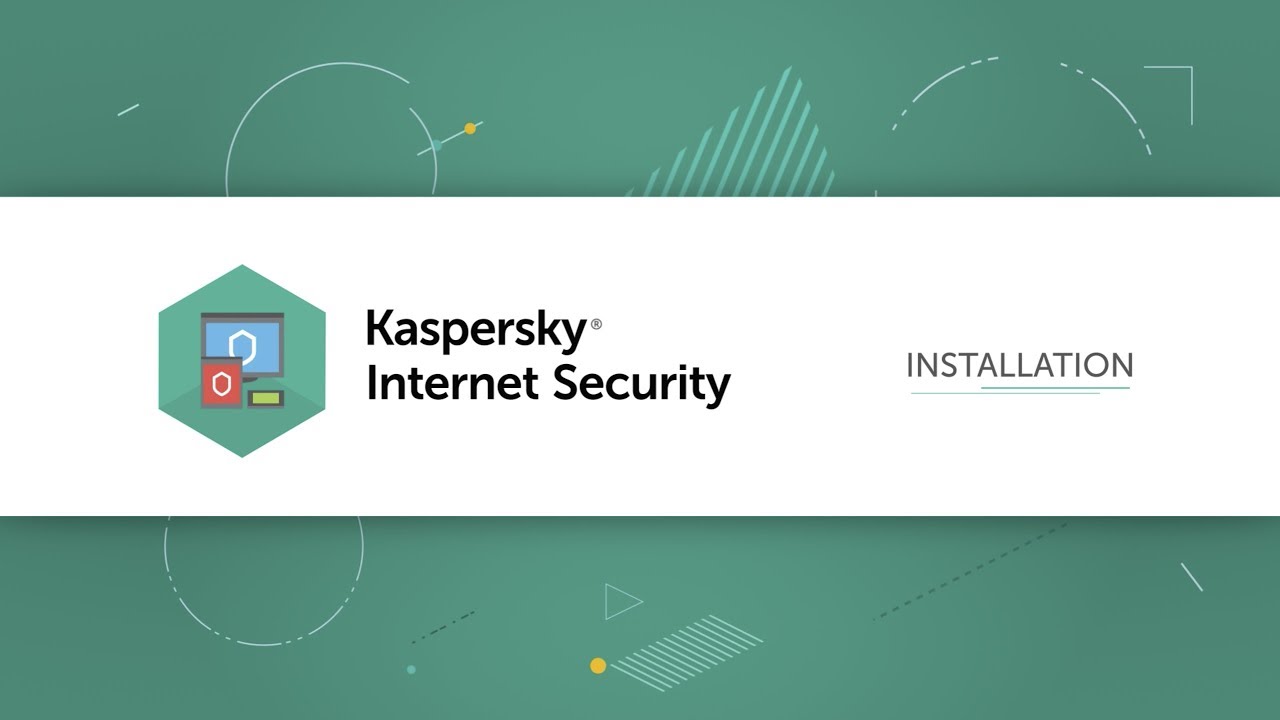Are QR codes a great invention or a cybersecurity threat?
In 2021, 75.8 million smartphone users in the United States scanned a QR code on their mobile devices, up by 15.3% compared to 2020.
The usage of mobile QR code scanners is projected to experience continued growth, reaching approximately 99.5 million users in the U.S. by 2025.
QR codes have grown more appealing to threat actors as it has become more widely adopted. The same accessibility that makes them helpful also makes them efficient delivery methods for malware and phishing scams.
With 59% of respondents believing that QR codes would be a permanent part of using their mobile phone in the future, what are the cybersecurity ramifications of mainstream QR Codes?
Cybersecurity specialists Ping Identity have explored the rising threat of QR Code attacks and how to protect yourself from getting scammed.
What are QR codes?
QR codes are matrix bar codes that frequently let customers access exclusive coupons, go to business websites, get exclusive offers, or discover more about goods and services.
Consumers can easily scan and interpret the message contained in a QR code box by pointing a smartphone’s camera at the code after installing a QR code reader application.
Why QR codes are not often secure
The biggest problem with QR codes is that humans cannot read their format, making it impossible for us to tell if a QR code is real or false just by glancing at it.
Below are some ways that malicious parties can utilise QR codes against you:
Phishing
Another issue known as QPhishing is the usage of QR codes in phishing scams. A cybercriminal could add a phishing website URL to a legal QR code.
Users are then prompted by the phishing website to divulge their data, which crooks will then sell on the dark web. In addition, they could pressure you into purchasing for goods that bring them money.
These phishing websites are barely distinguishable from real websites, giving the victim the impression that they are trustworthy.
With a few small exceptions, they are largely perfect reproductions of the original. For instance, the “.com” in the domain name can be changed to something else, such “ai” or “in.”
Malware attacks
To infect anyone who…



